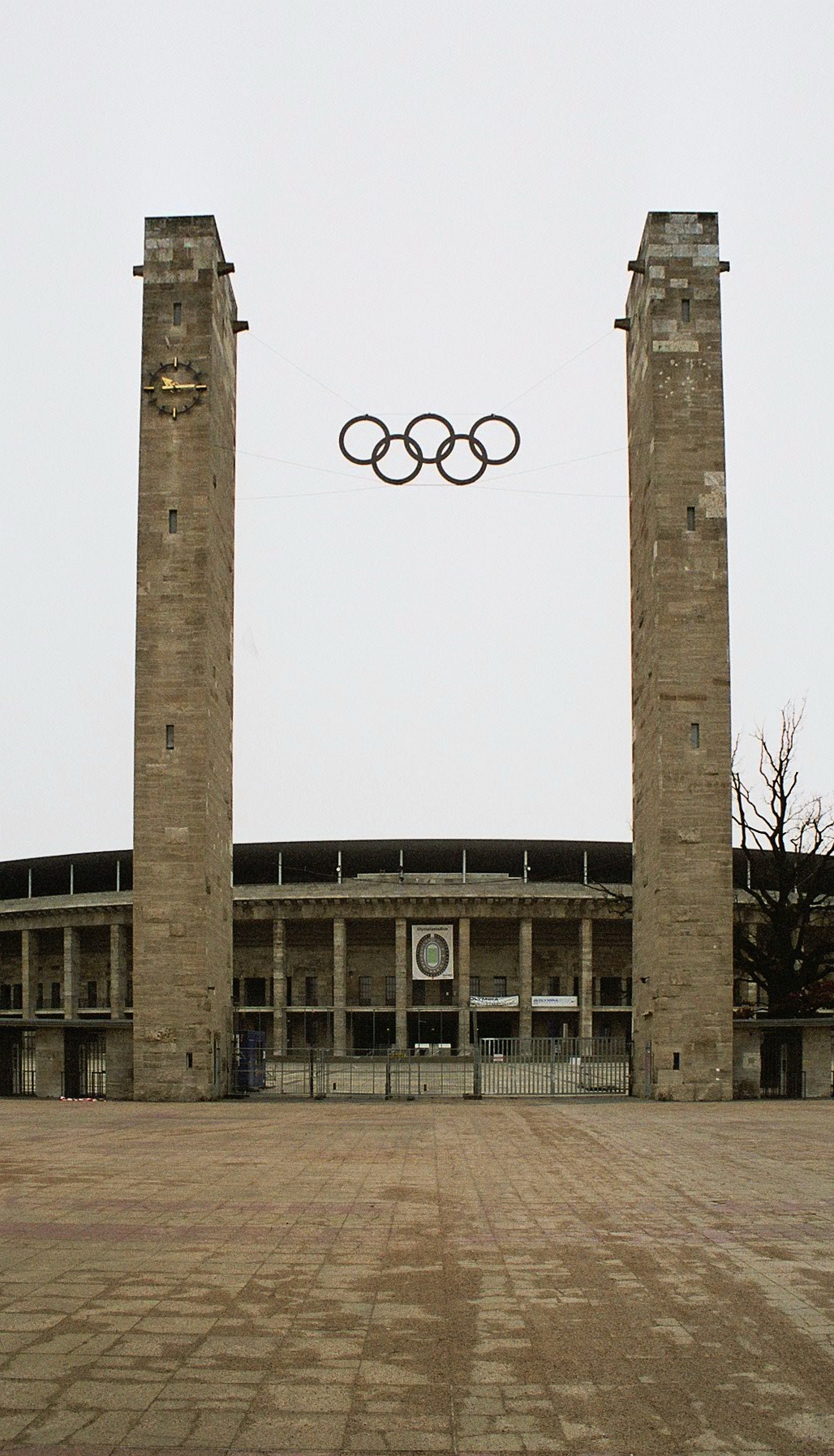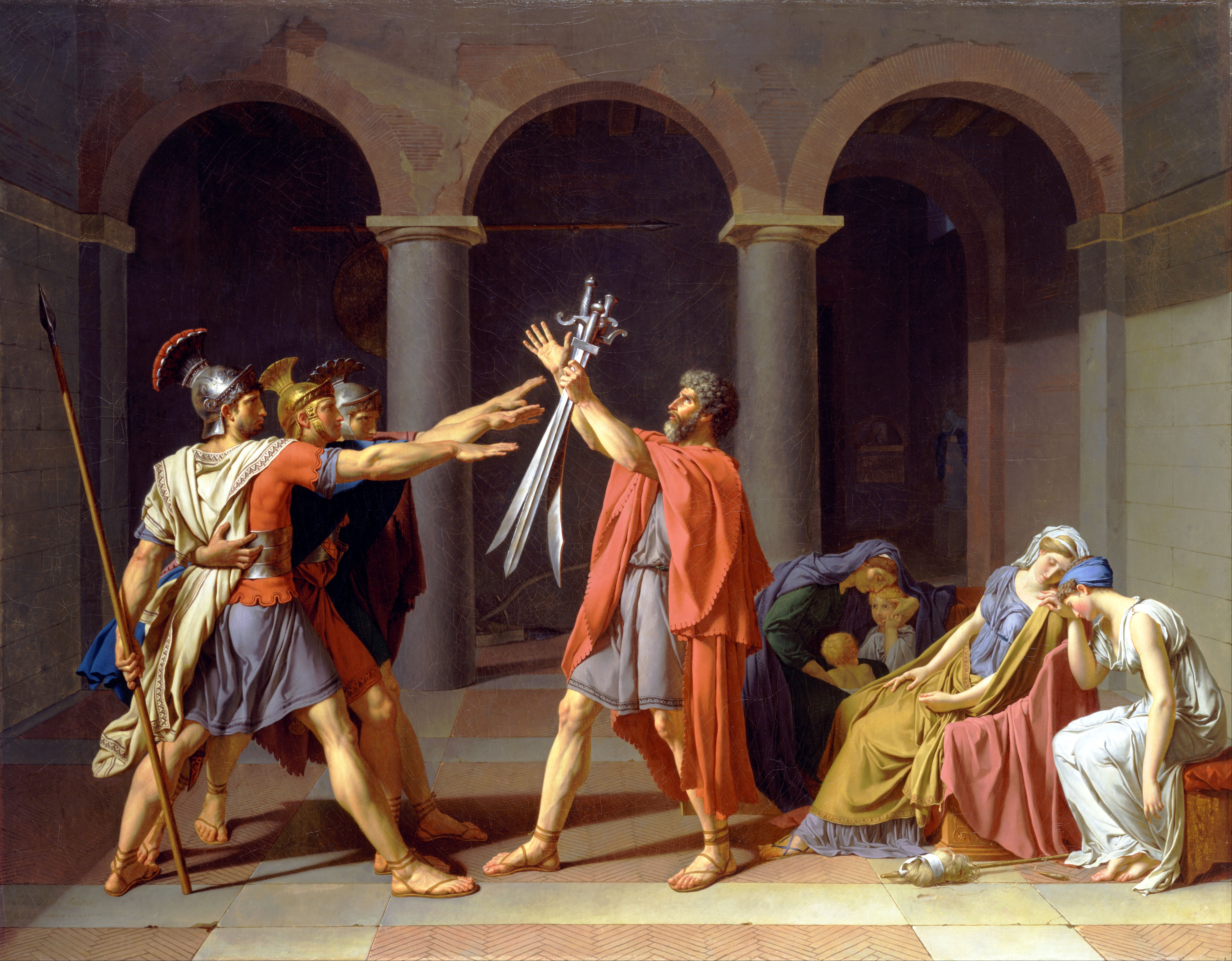|
1936 Winter Olympics
The 1936 Winter Olympics, officially known as the IV Olympic Winter Games (german: IV. Olympische Winterspiele) and commonly known as Garmisch-Partenkirchen 1936 ( bar, Garmasch-Partakurch 1936), were a winter multi-sport event held from 6 to 16 February 1936 in the market town of Garmisch-Partenkirchen, Germany. The country also hosted the 1936 Summer Olympics, which were held in Berlin. It was the last year in which the Summer and Winter Games both took place in the same country (the cancelled 1940 Olympics would have been held in Japan, with Tokyo hosting the Summer Games and Sapporo hosting the Winter Games). The 1936 Winter Games were organized on behalf of the German League of the Reich for Physical Exercise (DRL) by Karl Ritter von Halt, who had been named president of the committee for the organization of the Fourth Winter Olympics in Garmisch-Partenkirchen by ''Reichssportführer'' Hans von Tschammer und Osten. Organization and politics While the 1936 Summer Olympics h ... [...More Info...] [...Related Items...] OR: [Wikipedia] [Google] [Baidu] |
Garmisch-Partenkirchen
Garmisch-Partenkirchen (; Bavarian: ''Garmasch-Partakurch''), nicknamed Ga-Pa, is an Alpine ski town in Bavaria, southern Germany. It is the seat of government of the district of Garmisch-Partenkirchen (abbreviated ''GAP''), in the Oberbayern region, which borders Austria. Nearby is Germany's highest mountain, Zugspitze, at above sea level. The town is known as the site of the 1936 Winter Olympic Games, the first to include alpine skiing, and hosts a variety of winter sports competitions. History Garmisch (in the west) and Partenkirchen (in the east) were separate towns for many centuries, and still maintain quite separate identities. Partenkirchen originated as the Roman town of ''Partanum'' on the trade route from Venice to Augsburg and is first mentioned in the year A.D. 15. Its main street, Ludwigsstrasse, follows the original Roman road. Garmisch was first mentioned some 800 years later as ''Germaneskau'' ("German District"), suggesting that at some po ... [...More Info...] [...Related Items...] OR: [Wikipedia] [Google] [Baidu] |
National Socialist League Of The Reich For Physical Exercise
The National Socialist League of the Reich for Physical Exercise (german: Nationalsozialistischer Reichsbund für Leibesübungen, abbreviated NSRL) was the umbrella organization for sports and physical education in Nazi Germany. The NSRL was known as the German League of the Reich for Physical Exercise (german: Deutscher Reichsbund für Leibesübungen, abbreviated DRL) until 1938. The organization was expanded to Austria after that country's annexation by Nazi Germany. The NSRL was led by the ''Reichssportführer'', who after 1934 simultaneously presided over the German National Olympic Committee. The NSRL's leaders were Hans von Tschammer und Osten (1933–1943), Arno Breitmeyer (1943–1944) and Karl Ritter von Halt (1944–1945). History Preliminary organizations: Effects of the Nazi takeover The 1916 Summer Olympics had been awarded to Berlin, but were canceled because of the duration of World War I. The ''Deutscher Reichsausschuss für Olympische Spiele'' (DRA or DRAfOS ... [...More Info...] [...Related Items...] OR: [Wikipedia] [Google] [Baidu] |
Treaty Of Versailles
The Treaty of Versailles (french: Traité de Versailles; german: Versailler Vertrag, ) was the most important of the peace treaties of World War I. It ended the state of war between Germany and the Allied Powers. It was signed on 28 June 1919 in the Palace of Versailles, exactly five years after the assassination of Archduke Franz Ferdinand, which led to the war. The other Central Powers on the German side signed separate treaties. Although the armistice of 11 November 1918 ended the actual fighting, it took six months of Allied negotiations at the Paris Peace Conference to conclude the peace treaty. The treaty was registered by the Secretariat of the League of Nations on 21 October 1919. Of the many provisions in the treaty, one of the most important and controversial was: "The Allied and Associated Governments affirm and Germany accepts the responsibility of Germany and her allies for causing all the loss and damage to which the Allied and Associated Governments and the ... [...More Info...] [...Related Items...] OR: [Wikipedia] [Google] [Baidu] |
Remilitarization Of The Rhineland
The remilitarization of the Rhineland () began on 7 March 1936, when German military forces entered the Rhineland, which directly contravened the Treaty of Versailles and the Locarno Treaties. Neither France nor Britain was prepared for a military response, so they did not act. After 1939 commentators often said that a strong military move in 1936 might have ruined Hitler's expansionist plans. However, recent historiography agrees that both public and elite opinion in Britain and France strongly opposed a military intervention, and neither had an army prepared to move in. After the end of World War I, the Rhineland came under Allied occupation. Under the 1919 Treaty of Versailles, the German military was forbidden from all territories west of the Rhine or within 50 km east of it. The 1925 Locarno Treaties reaffirmed the then-permanently-demilitarized status of the Rhineland. In 1929, German Foreign Minister Gustav Stresemann negotiated the withdrawal of the Allied forces. ... [...More Info...] [...Related Items...] OR: [Wikipedia] [Google] [Baidu] |
Nazi Salute
The Nazi salute, also known as the Hitler salute (german: link=no, Hitlergruß, , Hitler greeting, ; also called by the Nazi Party , 'German greeting', ), or the ''Sieg Heil'' salute, is a gesture that was used as a greeting in Nazi Germany. The salute is performed by extending the right arm from the shoulder into the air with a straightened hand. Usually, the person offering the salute would say "''Heil Hitler!''" (lit. 'Hail Hitler!', ), ''"Heil, mein Führer!"'' ('Hail, my leader!'), or ''"Sieg Heil!"'' ('Hail victory!'). It was adopted in the 1930s by the Nazi Party to signal obedience to the party's leader, Adolf Hitler, and to glorify the German nation (and later the German war effort). The salute was mandatory for civiliansKershaw (2001), p. 60 but mostly optional for military personnel, who retained a traditional military salute until the failed assassination attempt on Hitler on 20 July 1944. Use of this salute is illegal in modern-day Germany (Strafgesetzbuch se ... [...More Info...] [...Related Items...] OR: [Wikipedia] [Google] [Baidu] |
Roman Salute
The Roman salute, alternatively called the Fascist salute, is a gesture in which the right arm is fully extended, facing forward, with palm down and fingers touching. In some versions, the arm is raised upward at an angle; in others, it is held out parallel to the ground. In contemporary times, the former is commonly considered a symbol of fascism that had been based on a custom popularly attributed to ancient Rome.Winkler (2009), p. 2 However, no Roman text gives this description, and the Roman works of art that display salutational gestures bear little resemblance to the modern Roman salute. Beginning with Jacques-Louis David's painting ''The Oath of the Horatii'' (1784), an association of the gesture with Roman republican and imperial culture emerged. The gesture and its identification with Roman culture were further developed in other neoclassic artworks. In the United States, a similar salute for the Pledge of Allegiance known as the Bellamy salute was created by Franci ... [...More Info...] [...Related Items...] OR: [Wikipedia] [Google] [Baidu] |
Bundesarchiv R 8076 Bild-0019, Olympische Winterspiele
, type = Archive , seal = , seal_size = , seal_caption = , seal_alt = , logo = Bundesarchiv-Logo.svg , logo_size = , logo_caption = , logo_alt = , image = Bundesarchiv Koblenz.jpg , image_caption = The Federal Archives in Koblenz , image_alt = , formed = , preceding1 = , preceding2 = , dissolved = , superseding1 = , superseding2 = , agency_type = , jurisdiction = , status = Active , headquarters = PotsdamerStraße156075Koblenz , coordinates = , motto = , employees = , budget = million () , chief1_name = Michael Hollmann , chief1_position = President of the Federal Archives , chief2_name = Dr. Andrea Hänger , chief2_position ... [...More Info...] [...Related Items...] OR: [Wikipedia] [Google] [Baidu] |






